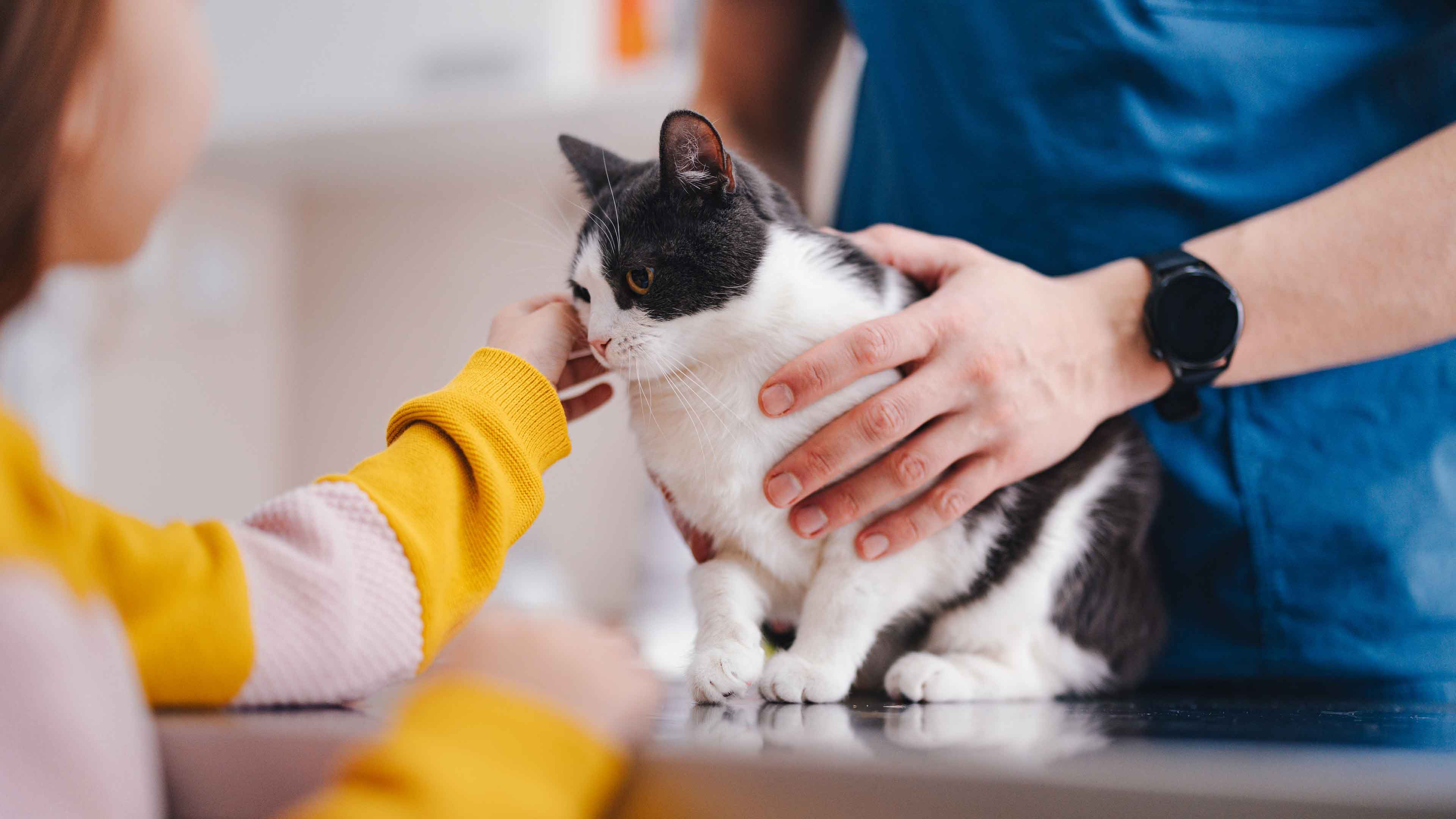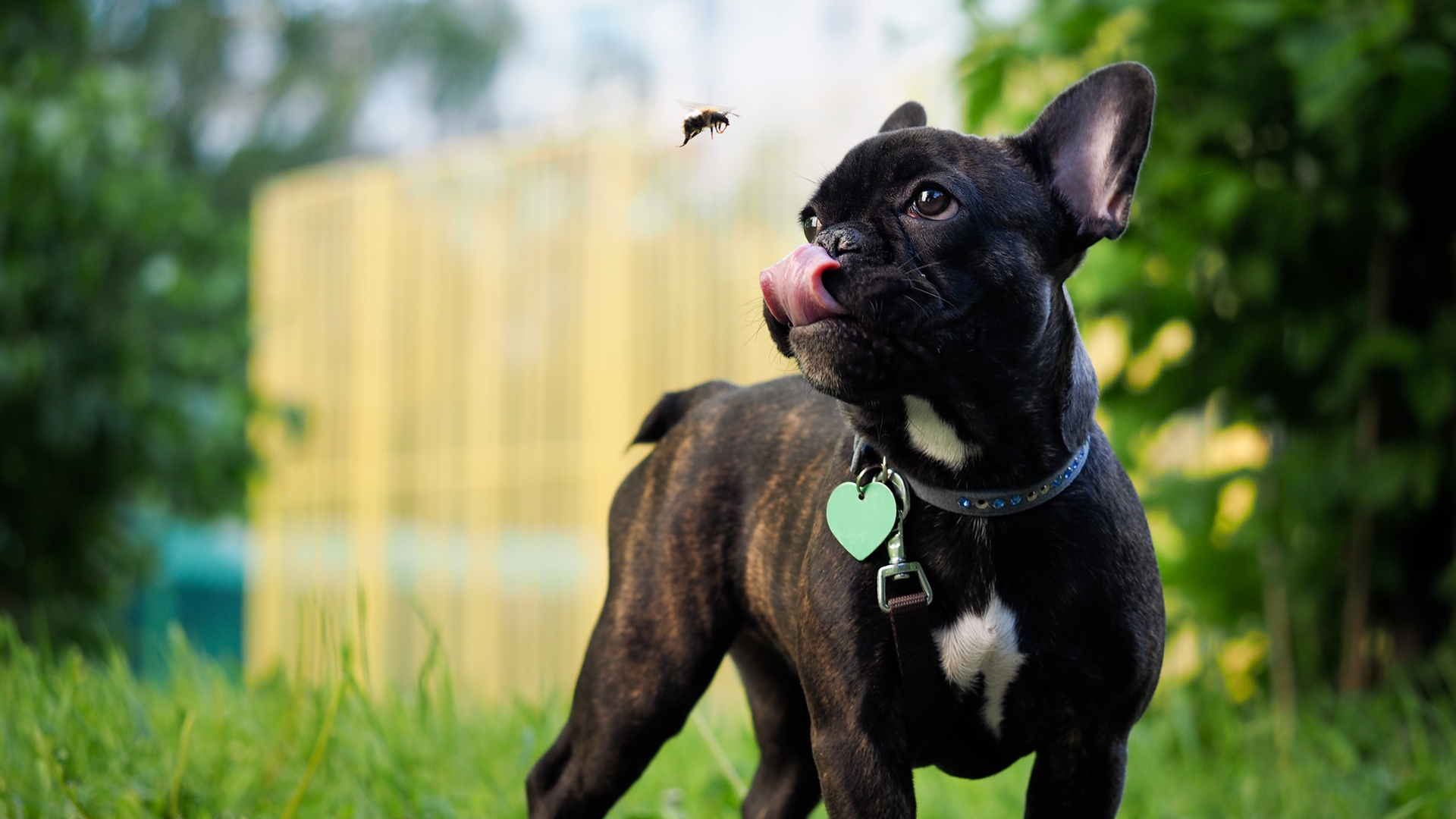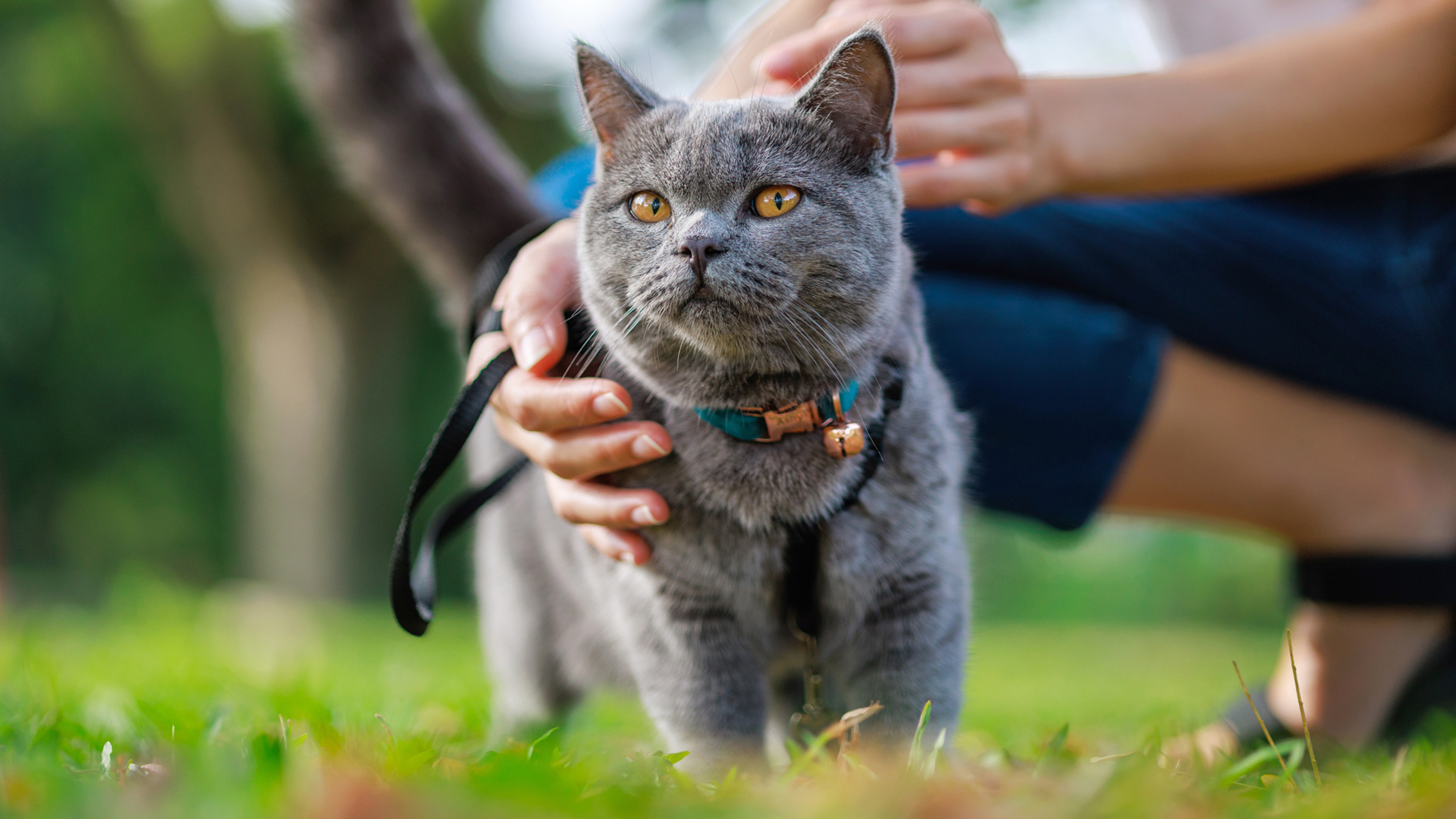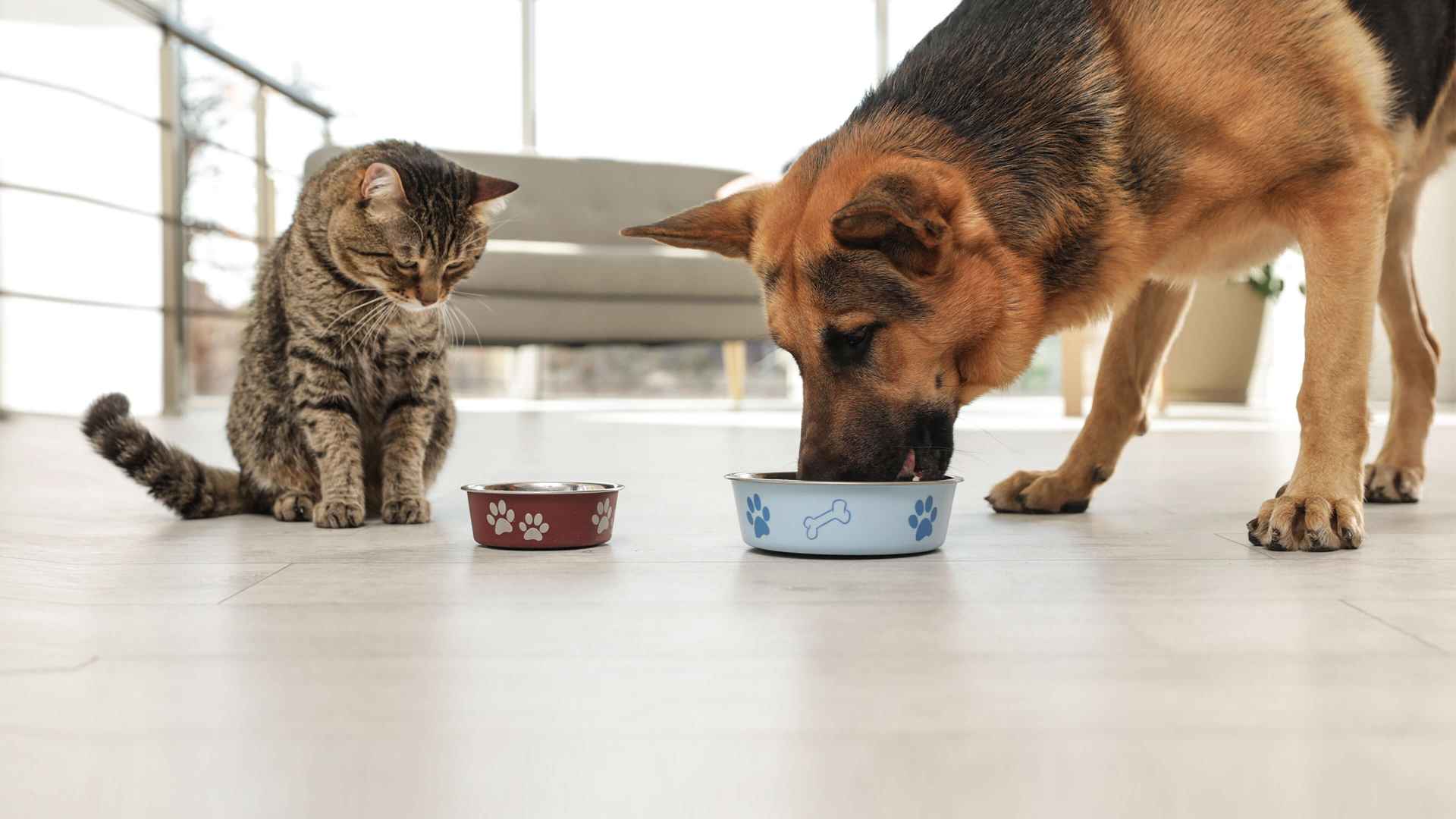what to know about pet first aid
Signs of pet poisoning
If dogs or cats are good at any one thing, it’s getting into stuff they’re not supposed to. Usually this isn’t a huge cause for concern, but in some cases it can be an emergency situation. For example: Did you know that chocolate, grapes, and garlic are toxic to dogs and cats, and can even be fatal if ingested in large quantities?
Here is a handy list of common pet poisons for dogs and cats. If you think your pet has ingested a toxin, here’s what you need to do:
- Remove any remaining poisonous materials from your pet’s reach and collect any vomit in a baggie to share with your vet. As nasty as it is, remember that a pet might try to eat it again
- Don’t induce vomiting as, depending on the poison, it might cause further damage to your pet; and do not try any home remedies — save it for the professionals
- Call your closest emergency vet and let them know you’re on your way
- While en route, call the Pet Poison Helpline immediately (800-213-6680) to learn about what steps you should take next (there will be a charge for this call)
- Once at the vet, they will evaluate your pet and any vomit you can bring with you to determine the best treatment. Make sure to give your veterinarian as many details as possible, e.g., how much of the toxin your pet ate, when they ate it, etc.
To learn more about pet toxins, what to do if you suspect your pet has ingested a toxin, and anticipated next steps, check out our pet poisoning page.
Basic pet first aid tips
If your dog or cat is hurt, call your local emergency veterinary hospital right away. While you or someone else is doing that, there are some basic first aid steps you can take to help prevent your panicked pet from doing more damage. And remember: Try to stay calm and care for your pet in a safe place.
- If your pet is bleeding: Apply pressure to the wound site with a cloth or towels and keep them there. Wrap the wound if possible, and take your pet to the closest emergency vet. Make sure your bandage doesn’t get in the way of your pet’s breathing, and if you can’t get to the vet quickly, make sure you’re not cutting off circulation on their extremities.
- If your pet is unconscious: Check for breathing, a heartbeat, and any objects in the back of their throat (don’t get your fingers bit), attempt to wake your pet, and take them to the closest emergency vet.
- If your pet is having a seizure: Clear the area to prevent any harm to your pet during the seizure (watch out for them falling into pools, down stairs, or through windows); do not try to restrain your pet, but monitor their recovery and call your veterinarian immediately.
Pet first aid kit essentials
When it comes to putting together your pet’s first aid kit, we recommend: the contact info for your veterinarian and the closest emergency veterinary hospital, rolled gauze, bandage tape, nonstick bandages, strips of cloth, saline, sterile lubricant, styptic powder, digital thermometer, scissors, muzzle, leash/harness, and a bottle of water.
Check out our additional tips on pet first aid here.
When to seek veterinary help
If your pet is in a life-threatening situation, it’s important to contact your local emergency vet right away.
Here are 11 symptoms that need immediate pet emergency care:
- Obvious injuries, wounds, or bites
- Knowledge and/or signs of poisoning
- Obvious distress or pain
- Wheezing, difficulty breathing, or blue lips, tongue, or skin
- Pale or white lips or gums
- Inability to pass urine when trying to pee
- Eye injuries
- Inability to walk
- Facial swelling with hives
- Erratic movements or recurring seizures
- Sunken eyes, lethargy, and dry or tacky gums
5 signs your pet needs a vet appointment
- Signs of stiffness or discomfort
- Digestion and weight changes
- Smaller cuts, wounds, or stings
- Mouth and gum issues
- Upper respiratory symptoms
Learn more about when to seek veterinary care here.
 Mites and mange
Mites and mange Podcast - Not Just Fluff
Podcast - Not Just Fluff











